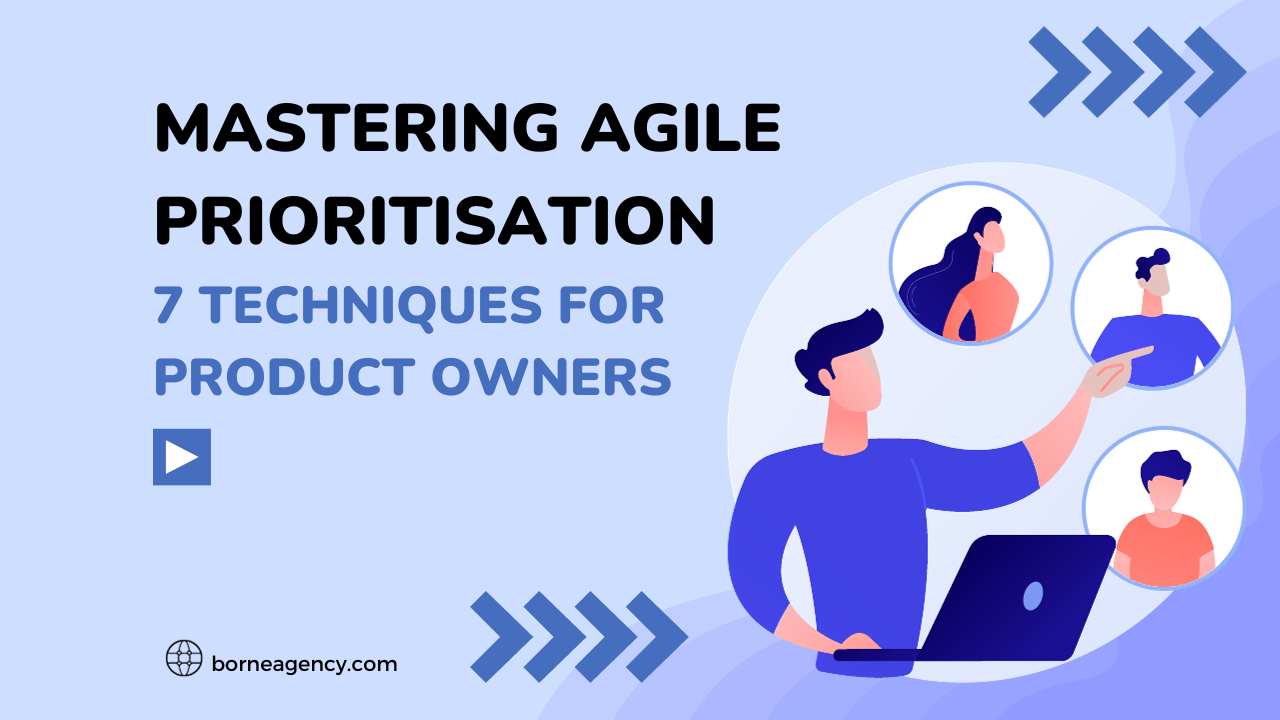Feb 11 - 4min readThe Right Fit: Obtaining Your Product-Market Fit (Part 1)By Launchbase
Our product managers at Launchbase have a great number of responsibilities, and one of the more challenging tasks that they are responsible for is this, finding or achieving product-market fit.
In this week’s article, we will be discussing the first two steps in a three-part series on how our team plan for product-market fit before launching your product. While finding product-market fit, it is a challenging task that will make or break a product’s success in the market, it is not everything to a startup or products success or failure which we discuss this at length on the podcast Launch Base with the Managing General Partner at TIA Ventures
The ability to build a world-class team, find a sustainable and monetisable business model, and scaling operations for growth will come into play if a startup is to succeed. However, finding product-market fit is the initial, most challenging, and time-consuming hurdle any new offering will experience in the marketplace. This is why at Launchbase, we. know that it is important to have a framework in place to aim for and test product-market fit.
When ‘product-market fit’ got promoted as a term in 2007 in the venture capital community, people have tended to discuss this term very simplistically like startup-X failed because it did not have the right product-market fit when it is usually more complicated than this in reality. The good news is that there are recurring conditions and patterns to product-market fit from which we can extract frameworks and processes to build feature subsets or products.
Constructing The Framework
The framework for achieving product-market fit that we refer to at Launchbase has five steps:
1. Identifying the target customers like early adopters and innovators
2. Uncovering the target customers’ underserved needs
3. Building the value proposition strategy
4. Building your MVP
5. Testing, gathering and incorporating customer feedback
When and where can it be used?
This framework can be applied to:
– A completely new product
– New features or subsets of an existing product that your business wants to launch
– Existing products where the intention is to assess current value offerings and improve product-market fit
What Is ‘Product-Market Fit’ About?
Finding your product-market fit has to do with the product leader’s mindset. This is about solving customer problems and acquiring users by solving these problems on their behalf. Product-market fit is not about building a massive company, with a great culture and making billions in revenue. If you keep that as your primary goal instead of focusing on solving this problem, you may have hiccups along the way.
Step 1: Identifying Your Target Users
We understand that when building a new product, the state founders may be faced with a blank piece of paper that can carry a great deal of anxiety and uncertainty. In this situation, it is fine to start with some hypotheses, like building personas, about who the target user is and iterate as market research and user interviews progress because as the teams talk to potential customers so you can quickly revise your assumptions.
Startups need to be looking for overlooked needs which can be a challenge in itself. If the need and solution are obvious, then everyone would be doing that already. To overcome these challenges, we have found it helps to think of your business as a substitute for current products a job-to-be-done that people would be hiring for, rather than a company that intends to scale, grow to millions of users and make billions in annual revenue.

“Segmentation Is Key”
When defining your target users, you need to be as specific as possible in defining various segments in the market as this guides our team in better defining the pains that we will be aiming to solve with the right features and user experience for your product. There isn’t a one-size-fits-all product out there on the market and a stay-at-home mom’s needs are different to a university student so we will not be producing a one-size-fits-all product either.
Step 2: Uncovering customers’ underserved needs
When you are clear on the target users, we need to identify their underserved needs. A key concept to help us dig deep into this aspect of the market demand is to understand the ‘problem space’ vs ‘solution space.’ The problem space involves a customer need, problem, or benefit that you want your product to address. For example, creating a tool whereby people can easily share their CV’s with recruiters fits into the problem space so a well-written product requirement or agile user story would be in the problem space.
The solution space is a specific implementation method, like a product or a design concept, that addresses a specific user need. For example, Linkedin would fall into the solutions space for the CV issue. We tend to push product development into the solution space by sketching solutions and coding products without getting clear on the problems you are trying to solve. At Launchbase, we make sure we spend enough time in the problem space before proceeding to the solution.
Another reason that we focus on the problem space is that customers needs do not change anywhere as near as the speed that solutions do. Our product teams spend a sizeable amount of time on the possible pains that your product is aiming to solve and cluster them into major categories and build customer narratives.
Join us next week for part two where we will take a deep dive into building the value proposition strategy and building your MVP.



